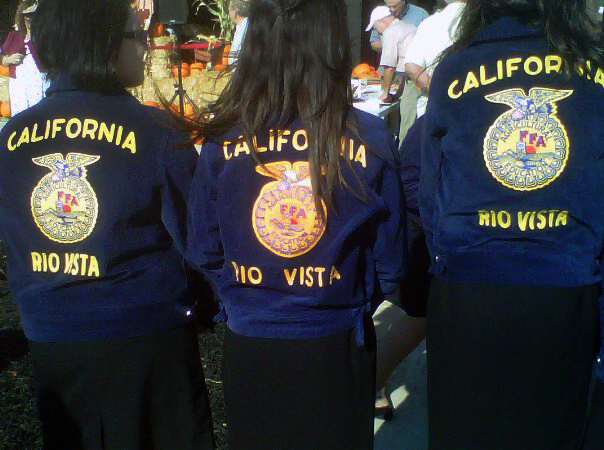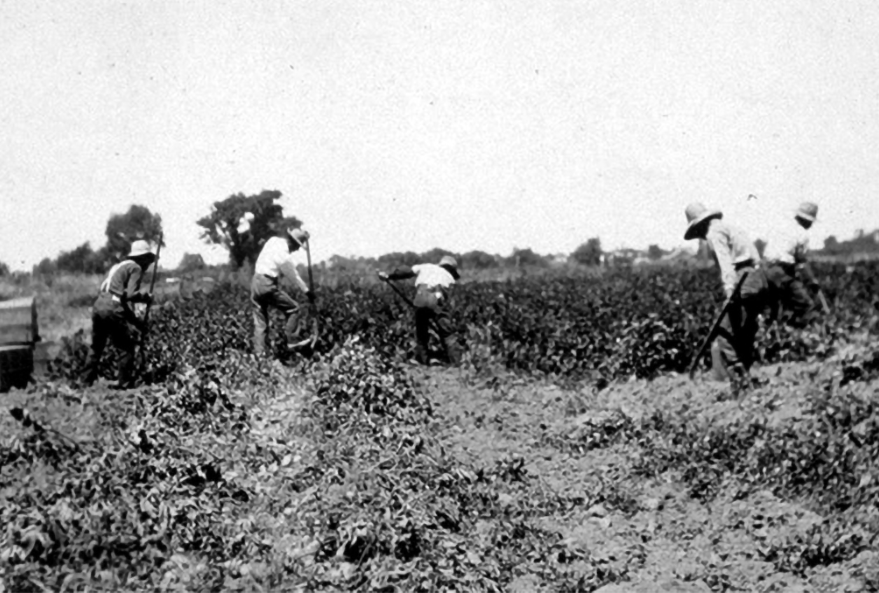|
The U.S. Army Corps of Engineers (Corps) is the lead federal agency considering permits for the state Department of Water Resources’ (DWR) Delta tunnel. The Corps has primary responsibility for protecting the Delta’s cultural resources under the National Historic Preservation Act’s Section 106. In February, the Corps proposed a programmatic agreement describing how it intends to comply with Section 106. The agreement outlines the proposed roles and responsibilities of the Corps, DWR, and other parties to the review, including the Delta Protection Commission (Commission), the affected Delta counties, and interested tribes. Timeframes and review procedures for identifying historic properties and developing measures to protect them if the tunnel is permitted are also proposed. A key next step under the agreement would be preparation over the summer of a historic properties management plan that would detail procedures for identifying and evaluating specific historic properties, determining if the tunnel could affect those properties, and resolving adverse effects.
In March, the Commission and Delta counties reviewed and commented on the draft programmatic agreement, suggesting several improvements to better protect cultural resources in the Delta. The suggestions made by the Commission include:
- Recognize the Sacramento-San Joaquin Delta National Heritage Area and evaluate the Delta as a historically significant cultural landscape.
- Avoid arbitrary limits on the area evaluated for potential adverse effects on cultural resources, but instead evaluate impacts from the full range of tunnel effects, including noise, visual impacts, traffic congestion, and potential building abandonment. Identify the area of potential effects in coordination with review of the environmental impact report (EIR) for the tunnel, which DWR expects to release this June.
- Share all reports prepared about cultural resources and their protection with other parties to the agreement, including the Commission, counties, and tribes. More thoroughly describe opportunities for Delta residents to review and comment on information about historical properties affected by the project, including historic property surveys, findings of effect, and historic property treatment plans. Recognize that Delta people care deeply about the region’s historic and cultural resources, and they often know more about its cultural resources than outside consultants. Provide adequate time for public and agency reviews.
Read the full Commission’s comment letter.
In mid-April, the Commission is still anticipating the Corps’ response to our suggestions, which could indicate its openness to give-and-take with local stakeholders about protecting the Delta’s cultural resources.
The Delta’s Cultural Resources
The Commission believes the area of the Delta potentially affected by the proposed tunnel should be evaluated collectively as a significant cultural landscape. A cultural landscape is a geographic area, including both cultural and natural resources and the wildlife or domestic animals therein, associated with a historic event, activity, or person, or that exhibits other cultural or aesthetic values. The Delta is what is called a “historic vernacular landscape” that has evolved through use by the people whose activities or occupancy shaped it. Congress created the Sacramento-San Joaquin Delta National Heritage Area to help interpret and protect these values.
 The Delta’s Future Farmers of America chapters and 4-H Clubs pass on the region’s agricultural traditions and skills to new generations.
Layers of cultural and historic resources make up the Delta’s cultural landscape. They include:
- The indigenous Delta, including its rivers, sloughs, marshes, and riverside woods, and the native people who inhabited them. In the 18th century, the Delta at first protected these native Californians from exploitation. Later its rivers were routes of exploration and colonization.
- Islands and tracts, including the Delta’s levees. The 19th century reclamation of the Delta was a multicultural effort, melding Chinese experience and labor with American finance and construction technology in an engineering landmark. Today, its levees are not simply historical features defining the Delta’s physical character, but more importantly critical to the safety of the Delta’s residents, farms, businesses, cities, and legacy communities.
- California’s first irrigated agricultural empire, mingling immigrant crop traditions and labor with American markets and organization. Its innovations extend from early orchards and vineyards through Chinese and Japanese “potato kings” to Caterpillar tractors and machine-harvested tomatoes.
- A home for generations of Californians, including native California Indians, Spanish and Mexican colonialists, 49ers, and successive waves of Chinese, Japanese, Portuguese, Italian, Sikh, Filipino, and Mexican workers and farmers. Towns they built along the Sacramento River and elsewhere in the Delta, often layered atop older native settlements, hold nationally recognized historic districts, and attract artists, writers, retirees, and other residents. The riverside Victory Highway, one of the US’s first cross-country roads, and paddle-wheeled riverboats helped bring visitors to the area and carried crops to market.
- A hub for water management and conflict. Landmark water projects – the Sacramento River Flood Control Project, Mokelumne Aqueduct, the Central Valley Project, the Western Area Power Authority, and the State Water Project – zigzag through the Delta. The current battle about DWR’s proposed Delta tunnel renews a quarrel dating to the 1950s about protecting the Delta from harm by state and federal water diversions.
The Commission is working with local and academic experts to identify these cultural assets and advocate their protection from harm if the tunnel is constructed. We will share the list for public comment when a draft is complete this summer.
 Japanese potato diggers working in the Delta, ca. 1905.
(Courtesy of The Bancroft Library, University of California, Berkeley)
What are the Next Steps?
Two important next steps in protecting the Delta’s historic and cultural resources from damage by DWR’s tunnel are:
- Completion of the programmatic agreement about the Section 106 review. The Commission asked the Corps to convene the State Historic Preservation Office, the Commission, Delta counties, DWR, affected tribes, and other consulting parties to review and resolve comments on the draft agreement.
- Release of DWR’s draft environmental impact report (EIR for its Delta tunnel project. By law, the EIR must address many impacts affecting the Delta’s historic resources, including aesthetics, biological resources, land use, housing, traffic, agriculture, cultural resources, noise, and recreation. Alternatives and mitigation measures to avoid or reduce adverse effects must be explored. The public is entitled to comment on the draft EIR. We will send out an alert when the EIR is released.
How Can I Help?
The involvement of people who care about the Delta’s cultural and historic resources will be key to protecting these assets. A first step you can take now is to share this newsletter with Delta historians, community groups, and others who are knowledgeable about Delta history and care about our region’s future. They can add themselves to the newsletter’s distribution list by signing up online.
For More Information
Learn more about the National Historic Preservation Act and its Section 106.
Read Volume #1 Protecting the Delta from DWR’s Proposed Tunnel with the National Historic Preservation Act
|